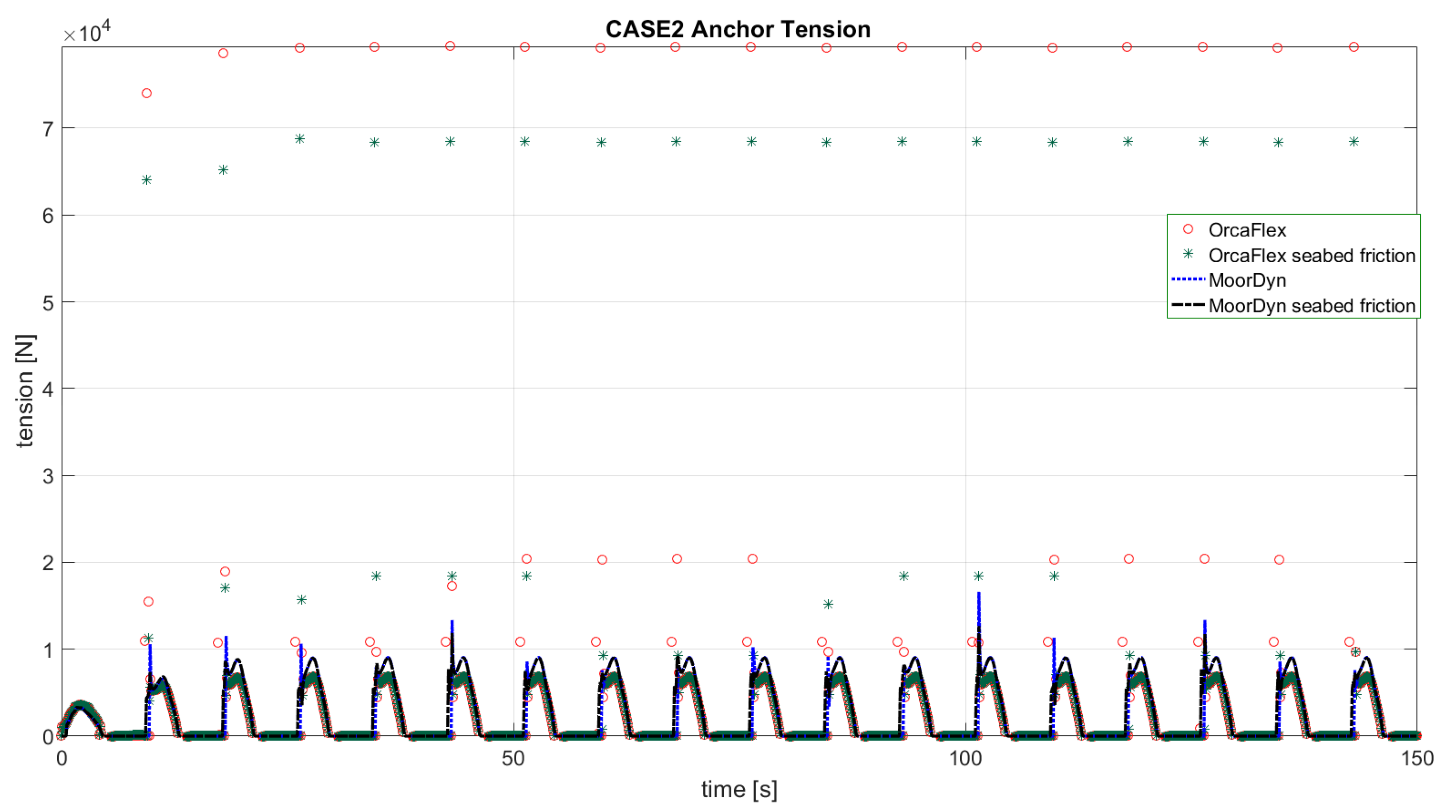

This paper presents a new dynamic model for this new family of second-generation tidal energy converters for simulation and control design purposes.
ORCAFLEX SEABED FRICTION COEFFICIENTS GENERATOR
By simply disconnecting stern wire that joins the generator to the seabed and a proper management of the ballast water that is strategically located inside the generator, it is possible to perform closed loop emersion and immersion maneuvers with three degrees of freedom (DoFs), two orientation angles and a depth control, in such a way that the process of moving from a submerged and vertically disposed state to a floating and horizontally disposed one and vice versa can be carried out fully automatically without any kind of human intervention. They use a mooring system based on buoys and wires that allow the device to be located at the desired position on the seabed and positioned at any desired depth of the layer with almost no human resources. A new family of generators is briefly presented in this work. There is the use of a ballast management system to generate vertical forces, thus enabling the device’s emersion and immersion movements to be controlled. There is the use of elevation and placement by means of floating cranes. There is the use of a servo actuated crabbing based system to move the main generation unit from the support structure. Nowadays there exist different devices with the following main alternatives for performing maintenance tasks: (i) In are studied the automatic maneuvering emersion and immersion of one of these devices.

One well known way in which to reduce costs is by successively automating more tasks, thus signifying less human intervention or the possibility of using the cheapest general purpose ships rather than high cost special vessels for maintenance purposes. The successful installation of these kinds of devices for harnessing energy from depth currents can only take place once it has been proved that they are both technically and economically feasible in comparison to other traditional energy sources. This evolution has led these devices to evolve from being anchored to the seabed to being located in a floating location, and the most appropriate ways and means to perform maintenance tasks have therefore also had to evolve these kinds of devices. But there are an increasing number of second-generation devices that have been conceived to be moored to the sea bottom with an expected similar trend to that which has taken place during the development of oil and gas platforms that must access resources at increasingly greater depths. One of the most promising sources of marine energy is the exploitation of tidal or oceanic water flows, and the industry’s effort is currently focused on the so-called first generation devices (fixed to the sea bottom and suitable for sites with depths below 40 m).

The growing interest in the exploitation of marine renewable energies began several years ago, and various devices with which to harness energy from seas have therefore been conceived or developed (see ), their main natural energy sources being wind, waves, and marine currents.


 0 kommentar(er)
0 kommentar(er)
